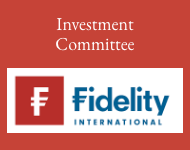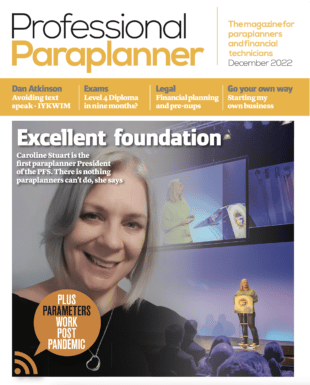The world of darts can be a provide a useful example of how we can help clients to better understand their financial planning, Steph Willcox FIA C.Act, Head Actuary, Dynamic Planner
There’s no doubt that darts is having a resurgence in the general population. 3.1 million people watched Luke Littler win his maiden World Darts Championship in January 2025, and the whole tournament had an average audience of 2.7 million.
There are not many sports on TV that have audiences demonstrating their maths skills quite like darts – counting down from 501, multiplications tables for double and triples of 1-20 and quick division to understand which double is needed to check out – and while this might not be reason so many people love the sport, I’d like to think it contributes!
As with last year, Littler’s tax burdens have been extensively covered by the media, in fact after the 2024 tournament HMRC went out of their way to confirm the “existence of income tax” when, as a 16 year old, Littler won £200k and passed nearly half of that to the treasury.
Whilst most of your clients will not be earning a bonus of £500k, it’s likely that they will receive fluctuating income due to bonuses, commission or other income sources, and making the best use of these bumper pay days can be vital when planning for the future.
If you have clients that have fluctuating incomes, or even a windfall one-off income, you will want to make sure that they are getting the most out of their money by ensuring that they save, invest, or spend their bumper pay in the best way possible.
Build financial literacy
We’d all like a client’s financial adviser to be the first port of call if they have excess income available to them, but if clients haven’t been exposed to a cashflow plan they are unlikely to realise the true impact that this extra income could have on long-term financial plans.
This is why it can be so important to get cashflow plans in front of clients from an early age – if they can see their financial goals replayed back to them, as well as the actions they need to take today to meet these objectives, then they are far more likely to update you, and therefore their financial plans, when they have a change in circumstances.
Generating buy-in for the advice process through the use of a cashflow plan can build financial literacy and understanding in clients, as well as giving them a base view of their long-term finances, including how they could improve their future life with actions today.
Demonstrate their options
With every income a client receives there are choices that clients can make about how to save or spend. Updating their cashflow plans to show these different options can bring this to life for clients and help them to better understand the long-term implications of their impulse luxury purchase or a boost to their pension or investment accounts.
Ensuring that they take advantage of the Annual Allowance for pensions (including any rollover allowance they are entitled to) as well as the annual ISA limits may be important. Comparing the impact of saving into different products could also highlight why certain products are more suitable than others for particular clients.
Keep plans up-to-date
Even if your clients have not had a bumper payday and find themselves in a similar position year-on-year, it can still be very beneficial for clients to see updated versions of their cashflow plan reflecting their current situation on a regular basis. Most tools will allow you to update an old cashflow plan quickly so you don’t have to spend hours on this task, but keeping clients informed of their current long-term projections and what this means for their spending in later life can help keep the focus on long-term goals rather than short-term fluctuations.
Not all clients will be winning £500k at 17 years old, but we can all be making strides to ensure they utilise their money to ensure all their future known and unknown objectives can be met.





























